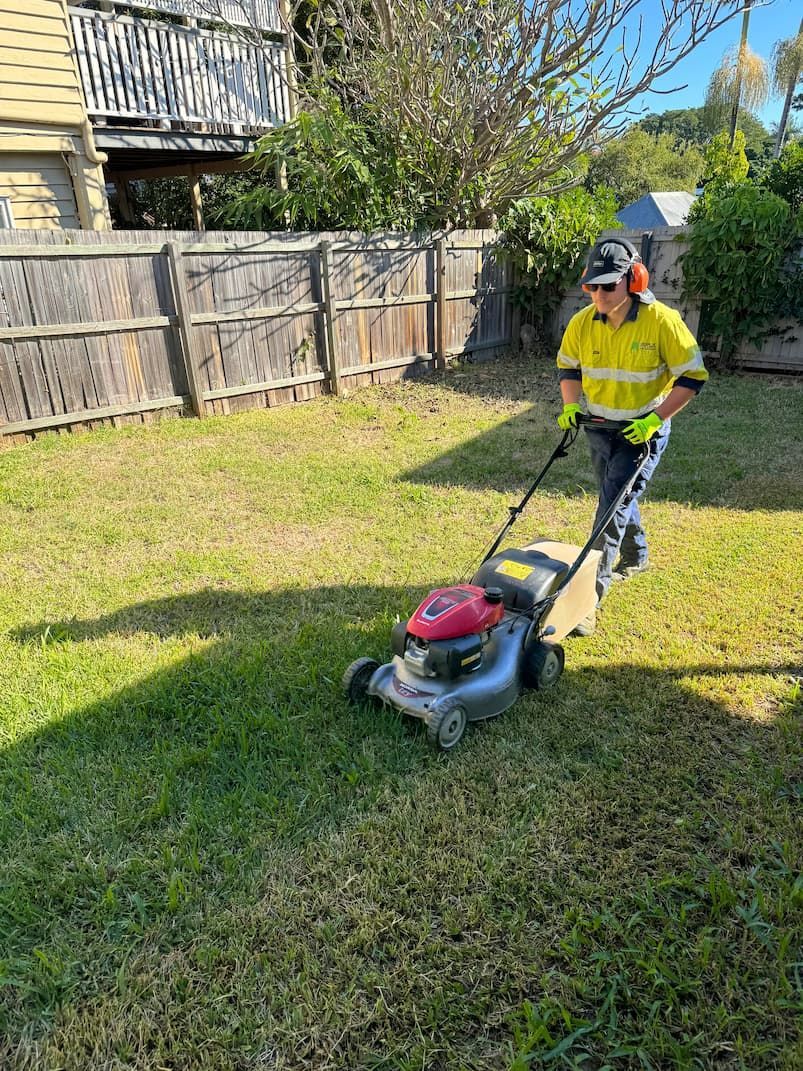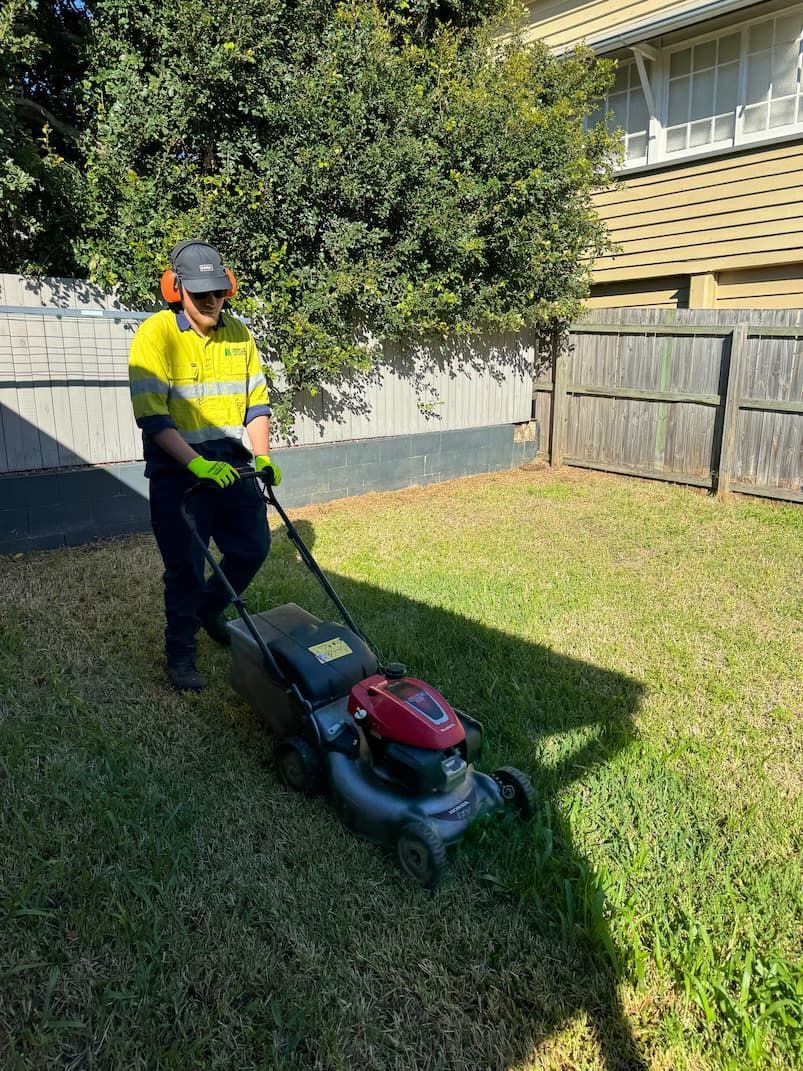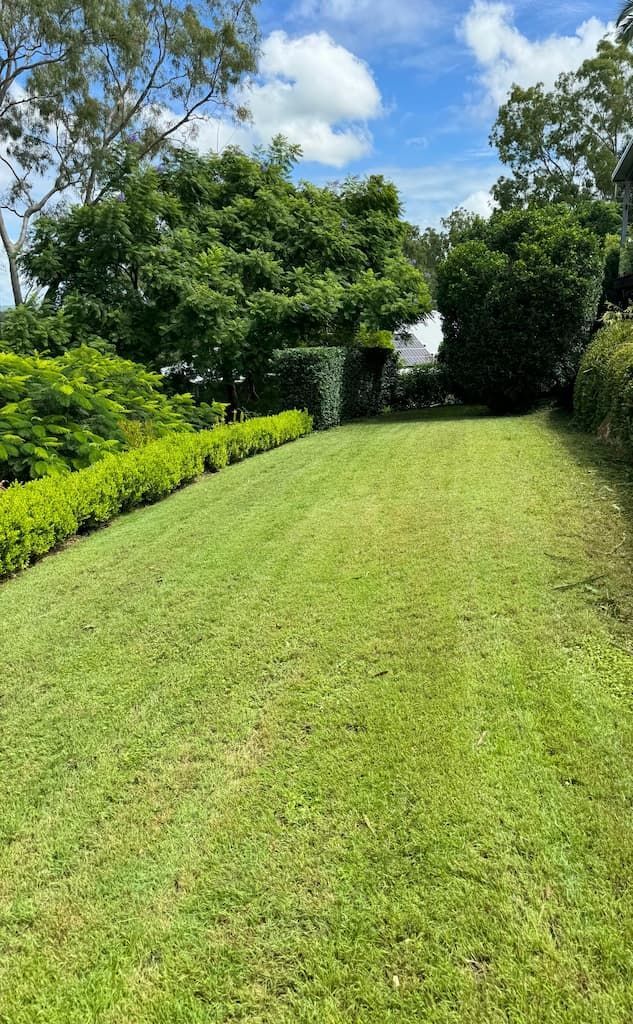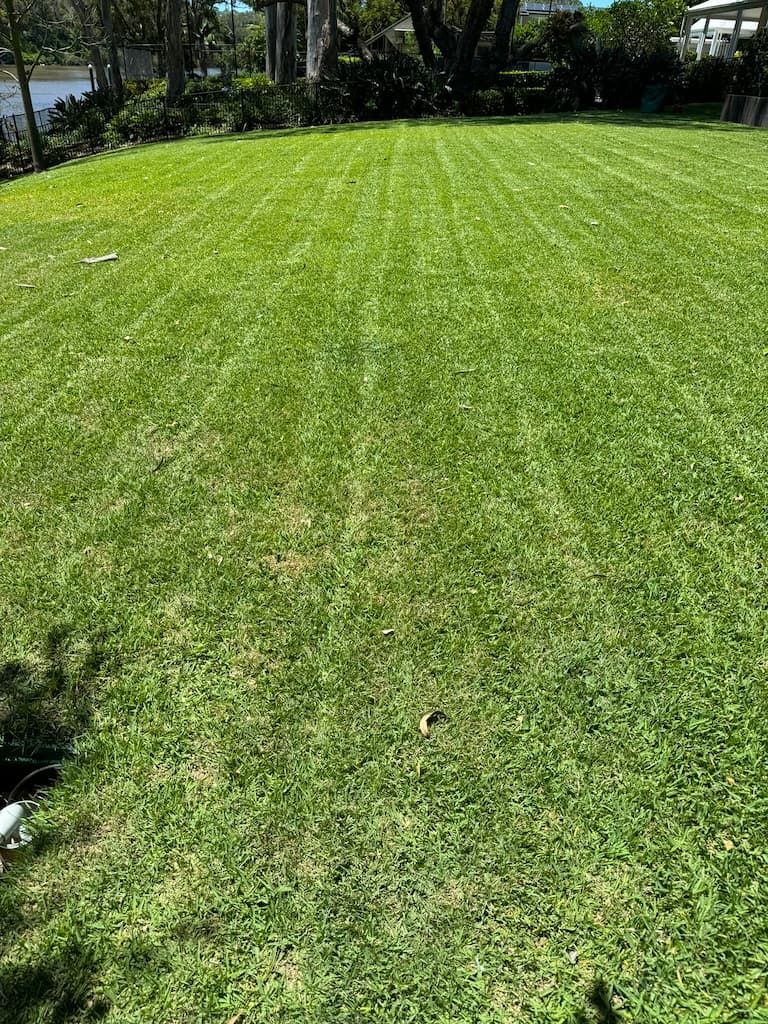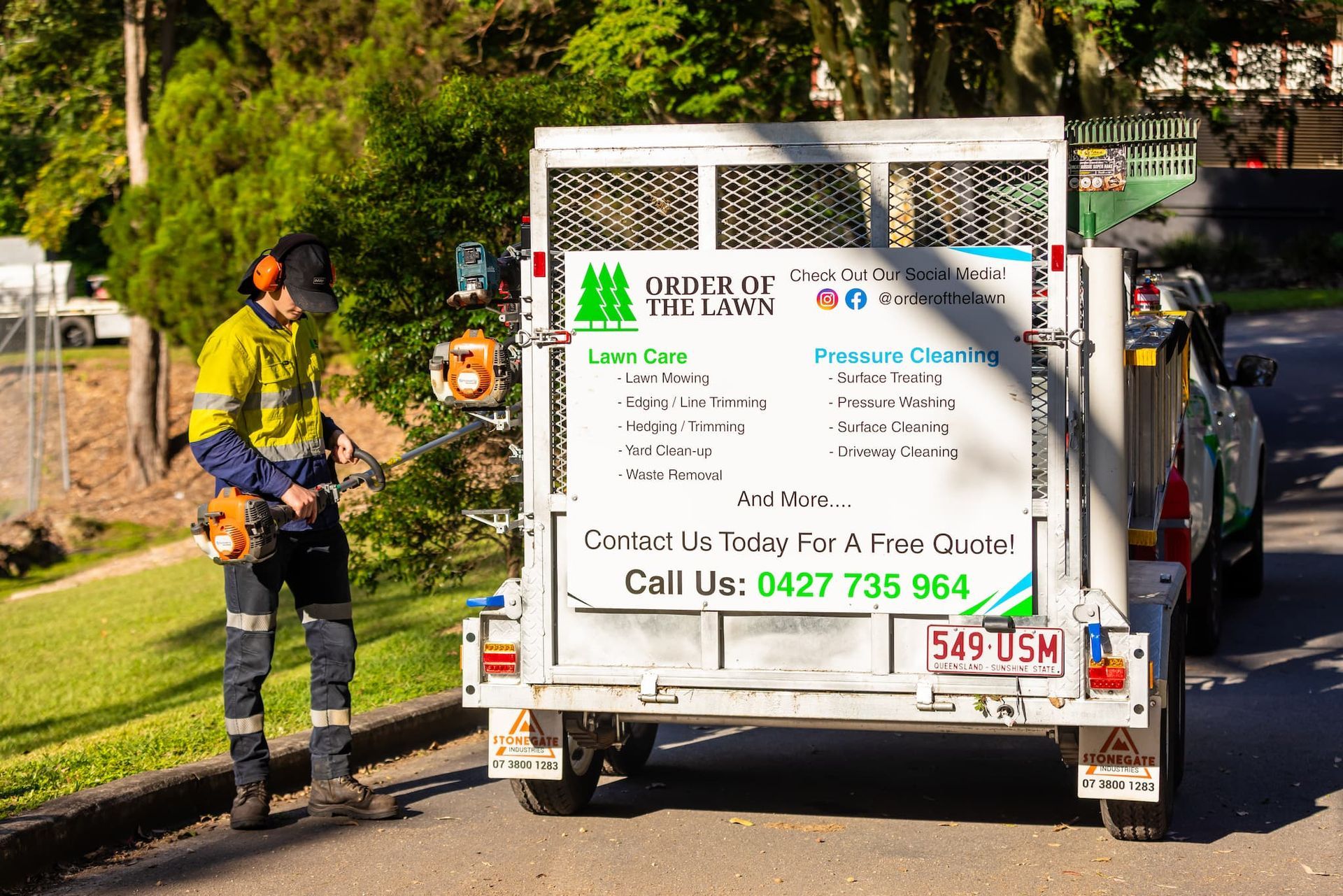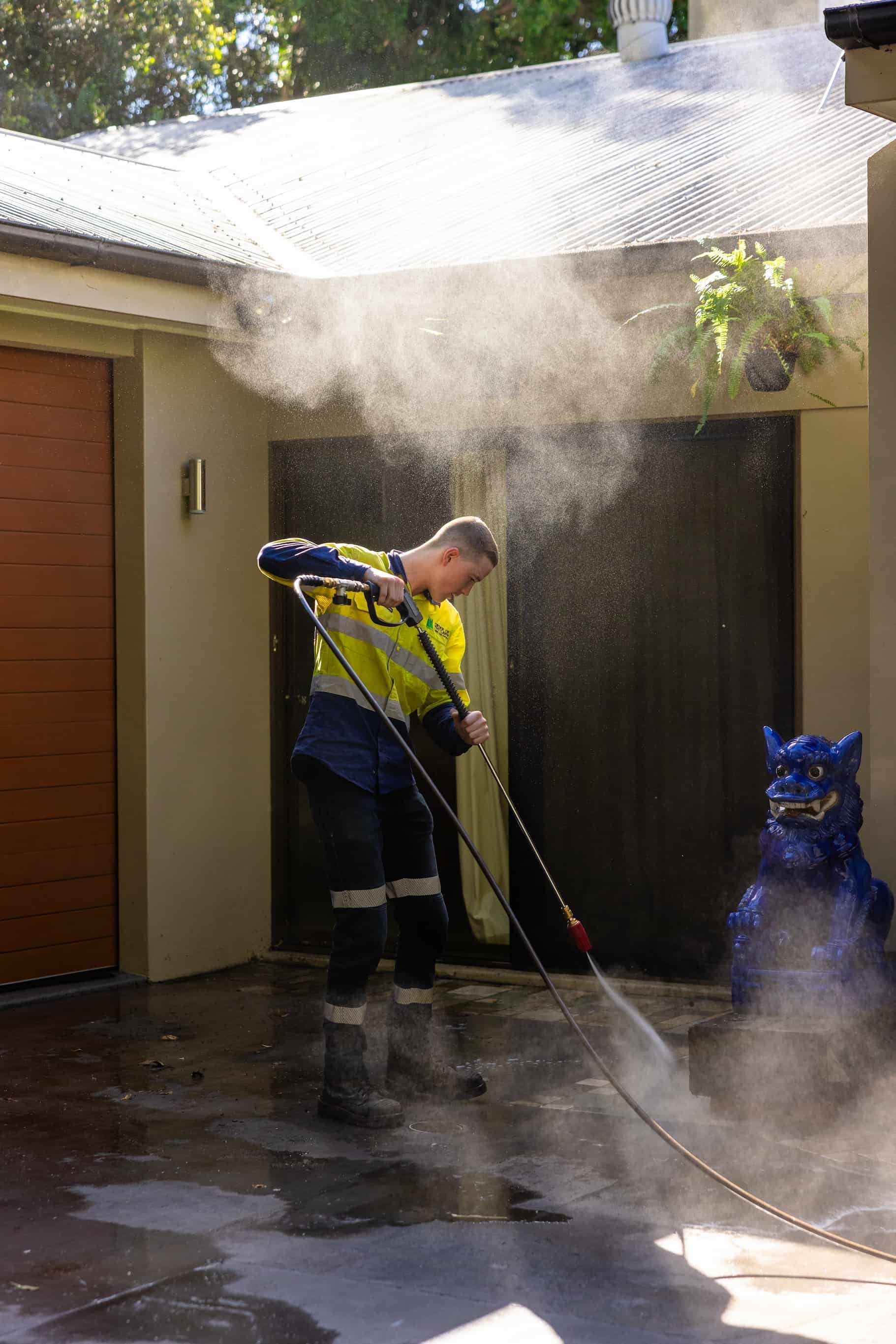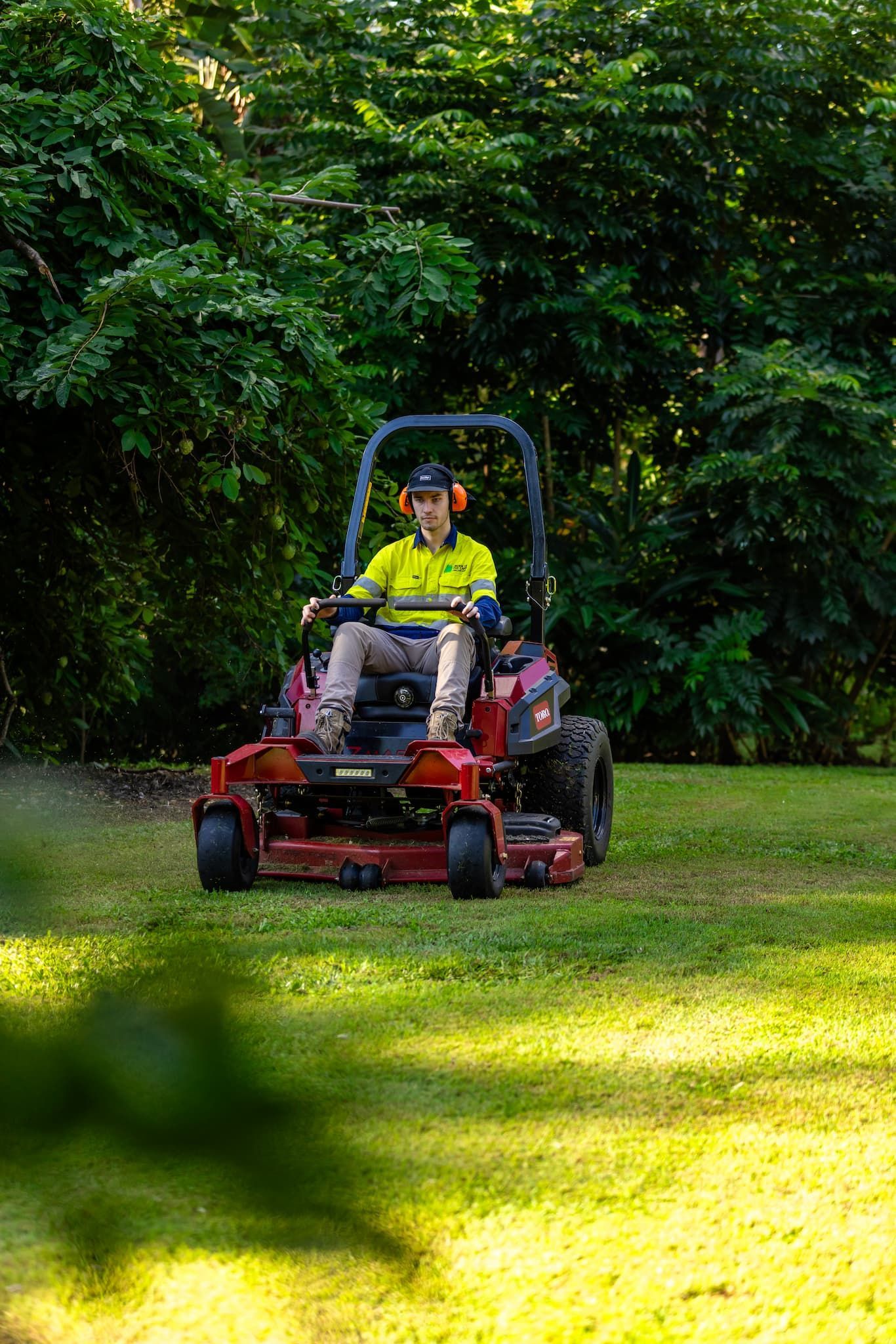How Often Should I Mow My Lawn?
Maintaining a healthy and beautiful lawn is a goal for many homeowners, but it can be a challenge to know how often you should mow your lawn to achieve the best results. While there isn’t a one-size-fits-all answer, there are general guidelines you can follow to keep your grass looking its best.
Factors such as the type of grass, season, weather conditions and even the purpose of your lawn (whether for ornamental or practical use) all contribute to determining how frequently you should mow. In this blog, we’ll dive into the key elements that influence mowing frequency, why regular mowing is crucial and practical tips to maintain a thriving lawn.
The General Rule of Thumb for Mowing Frequency
A common rule that many lawn care experts suggest is to mow your lawn once every two weeks. However, this can vary depending on the time of year and the specific needs of your lawn. During peak growing seasons, such as spring and early summer, your grass may grow faster, meaning you might need to mow more frequently — even once a week in some cases. During slower growing seasons, like autumn or drought conditions, mowing every 2-3 weeks may suffice.
Why Regular Mowing is Important
Mowing isn’t just about aesthetics — it plays an essential role in the overall health of your lawn. Regular mowing promotes denser, healthier grass growth by preventing weeds from taking root. It also encourages the grass to spread its roots more evenly across your lawn, leading to a more resilient turf that can withstand pests, foot traffic, and environmental stressors.
Moreover, mowing your lawn at the correct frequency helps maintain an optimal length for photosynthesis. Grass that is too tall can block sunlight from reaching the soil, while grass that is cut too short can weaken the plant and make it vulnerable to disease and dehydration. Consistent mowing helps your grass thrive, ensuring a lush, green lawn that is more resistant to weeds and pests.
The Benefits of Regular Mowing:
- Encourages thicker, healthier grass growth
- Prevents weed growth
- Promotes even distribution of grass roots
- Enhances resilience to pests and environmental stress
What Happens if You Don’t Mow Regularly?
Skipping mowing or letting your grass grow too long can have a negative impact on the health of your lawn. Tall grass not only looks unkempt but also creates an environment that is more prone to disease, pests and weed invasion. Overgrown grass can also produce excess thatch, a layer of organic material that builds up between the soil and the grass blades, which can prevent water, nutrients and air from reaching the grass roots.
If you let your grass grow too long and then cut it too short all at once, it can shock the grass, weakening it and leaving it susceptible to drought and disease.
Tips for Maintaining a Healthy Lawn
In addition to following a regular mowing schedule, there are several other best practices you can implement to maintain a healthy lawn. These tips complement your mowing routine and help create a strong, vibrant lawn that can thrive in various conditions.
- Keep Your Blades Sharp: Always ensure your mower blades are sharp. Dull blades tear the grass instead of cutting it cleanly, which can lead to ragged edges that make the grass more vulnerable to disease. Sharpening your blades at least once a season is a good rule of thumb.
- Adjust Mowing Height According to Season: Different seasons may require different mowing heights. For example, in the cooler months, you can leave your grass slightly longer to protect the roots, while in the warmer months, you may want to cut it a little shorter to encourage growth and allow more sunlight to reach the soil.
- Water Regularly, But Don’t Overwater: Watering your lawn is essential, but overwatering can lead to shallow root systems and increased susceptibility to disease. Make sure your lawn receives enough water. Morning is the best time to water, as this allows the grass to absorb moisture before the heat of the day sets in.
- Fertilize Your Lawn: To support healthy grass growth, fertilise your lawn once or twice a year. The best time to fertilise is during the spring and autumn when the grass is actively growing. A balanced fertiliser will provide essential nutrients like nitrogen, phosphorus and potassium to promote robust growth.
- Aerate Your Lawn: Aerating your lawn once a year helps to break up compacted soil and allows water, nutrients, and oxygen to reach the grass roots more effectively. This process encourages healthier, deeper root systems that can better withstand drought and stress.
Best Lawn Mowing Practices for a Healthy Lawn
To maintain the best possible lawn, focus on consistency and care when mowing. Here are some key mowing practices to keep in mind:
- Mow when the grass is dry: Wet grass can clump and clog your mower, leading to uneven cuts and an increased chance of disease.
- Vary your mowing pattern: Mowing in the same direction every time can cause the grass to lean and grow in that direction. Switching up your mowing pattern helps the grass stand upright.
- Don’t mow in extreme heat: Mowing during the hottest part of the day can stress your lawn. Try mowing in the early morning or late afternoon when temperatures are cooler.
Conclusion
How often you mow your lawn depends on several factors, but aiming for once every 1-2 weeks during the growing season is a good general rule.
By integrating mowing with other best practices such as watering, fertilising, and aerating, you’ll enjoy a lush, resilient lawn that adds beauty and value to your home.
If you don't have the time or equipment to keep your lawn healthy and lush, get in touch with Order Of The Lawn in Brisbane.
Site Links
Lawn Mowing
Pressure Cleaning
Contact
171 Flockton St, Everton Park 4053
Social Media
All Rights Reserved | Order Of The Lawn



